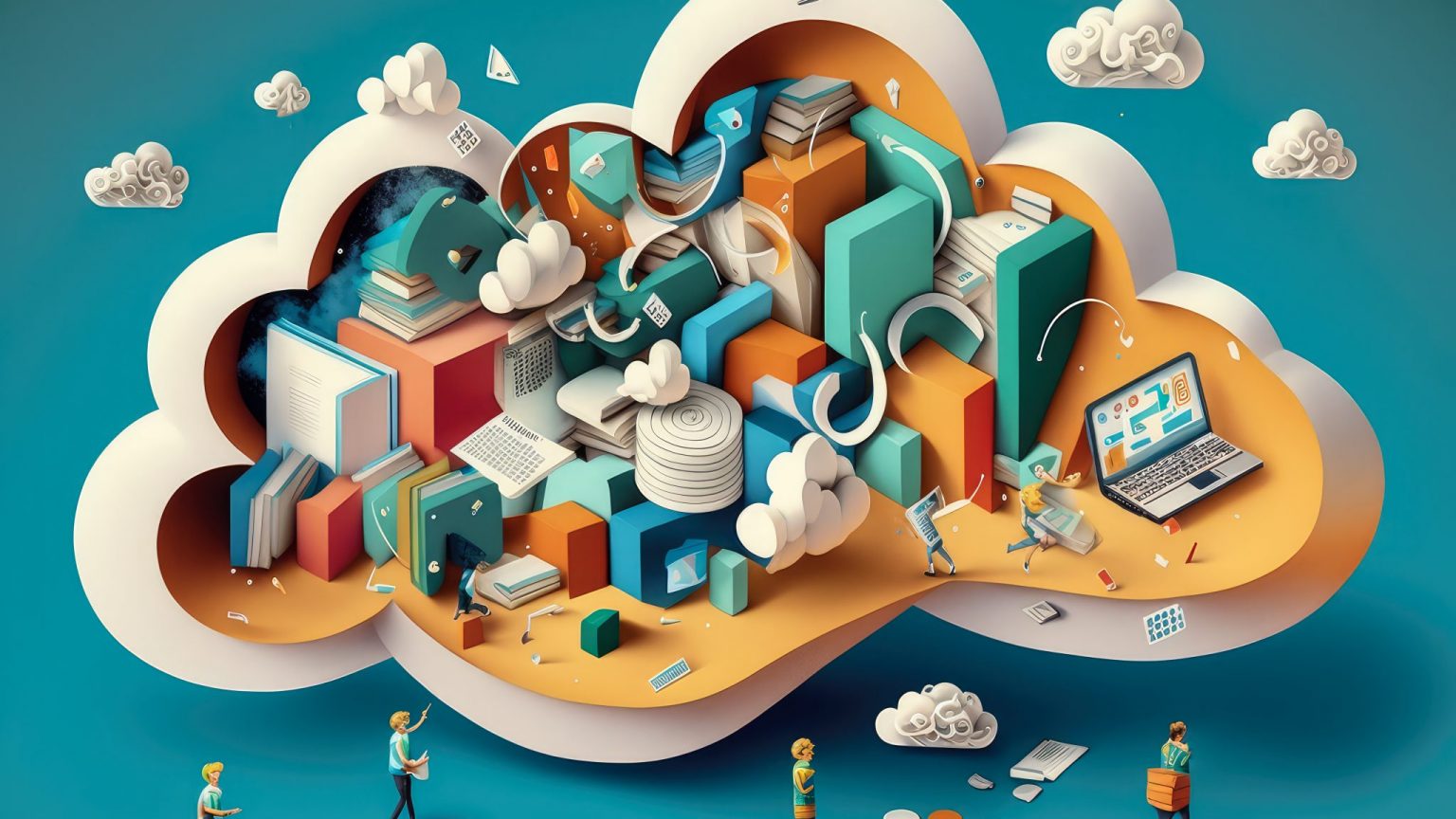Open Education Initiative

Empowering education with cloud computing for anytime, anywhere learning and collaboration, generative ai Von aicandy, downloaded from Adobe stock, 577499336
The origin of the Open Educational Resources (OER) movement can be traced back to the advancements in open and distance learning as well as the broader emergence of a culture centred around open knowledge, open source, free sharing, and collaborative participation. These developments gained momntum during the late 20th century. UNESCO’s definition provided in 2019 serves as a common language that helps shape our understanding of the key characteristics of OER. According to UNESCO, OER refers to teaching, learning, and research materials that utilise appropriate tools, such as open licensing, enabling free reuse, continuous improvement, and repurposing by others for educational purposes.
The EPFL CEDE OER project aims to build the technical and organisational infrastructure to foster a collaborative ecosystem for the sharing of learning resources that are:
Discoverable: Resources should be easily found online through indexing and search functionality, enabling students and teachers to locate and reuse them.
Accessible: Resources should be available to everyone without restrictions, ensuring inclusivity and equal access.
Gratis: Resources should be freely available to all individuals without financial barriers. While registration may be required, there should be no cost associated with accessing the resources. The learning resource may be part of a certified program (at a fee) but is not necessarily tied to it.
Have an open license: Resources should be published under a Creative Commons (CC) license or in the public domain, allowing teachers to reuse them without copyright restrictions.
In open format: Resources shared in open formats, such as LaTeX instead of PostScript or SVG instead of Flash, are more easily adaptable and reusable in various educational contexts.
Without prerequisites: Access to resources should not be limited by formal entry-level requirements such as a bachelor’s diploma. To manage expectations and ensure suitability, here may be an entry test.
By incorporating these attributes into resources, we foster openness and facilitate greater sharing and access to high-quality educational content that can be accessed anytime and anywhere.
Our Open Educational Resources (OER) may serve both teachers and learners by providing valuable educational materials that are freely available for use, adaptation, and sharing.
It is important to note that the requirements for publishing something with an open license may differ between teachers and learners. Teachers may be more inclined to contribute their resources under an open license and technical format that allows for adaptation by others. Learners, on the other hand, may benefit from accessing OER published under open licenses that permit free use and sharing but may not necessarily grant them the right or the technical capacity to modify or republish the content.
We have identified five primary resource types available at EPFL that we plan to prioritize for improvement: Videos (including lecture and conference recordings), MOOCs (complete online courses or sections thereof), Exercises (in LaTeX and PDF formats), Quizzes (including assessments and multiple-choice questions), and Jupyter Notebooks.
Currently, very few of our resources currently feature an open license. However, the majority of our resources are accessible without charge (gratis). Enhancements are needed to improve the discoverability and accessibility of these resources. Ideally, we aim to have our resources indexed by search engines such as EPFLGraph and Google, as well as by specialized Open Educational Resources (OER) repositories for those with appropriate licenses.
To make (online) educational resources more accessible and inclusive, several strategies can be employed.
- First, ensuring that resources are available in multiple formats, such as text, audio, and video, caters to diverse learning preferences and abilities.
- The use of responsive design principles allows for seamless access across different devices and screen sizes, benefiting learners using various technologies.
- Providing clear and descriptive headings, labels, and navigation options helps individuals using assistive technologies to easily navigate and comprehend the content.
- Including alternative text for images enables learners with visual impairments to understand the visual elements.
- Offering adjustable text sizes and color contrast options allows learners with visual challenges to personalize their reading experience.
- Additionally, incorporating closed captions or transcripts for multimedia content ensures accessibility for individuals with hearing impairments.
Regular accessibility audits, user testing, and seeking feedback from diverse learners help identify and address accessibility gaps. By prioritising accessibility in the design and development of online educational resources, we can create a more inclusive learning environment that empowers all learners to fully engage with the materials.
More information can be found here: https://www.epfl.ch/education/educational-initiatives/cede/training-and-support/improving-access-and-inclusion/
Making educational resources more open involves implementing practices that promote the free sharing, use, and adaptation of educational materials. One key aspect is choosing open licensing options, such as Creative Commons licenses, that clearly communicate the permissions and restrictions associated with the resources. This allows educators and learners to freely access, modify, and distribute the content, fostering collaboration and innovation. Embracing open formats and standards, such as open file formats and interoperable technologies, ensures compatibility and accessibility across different platforms and systems.

